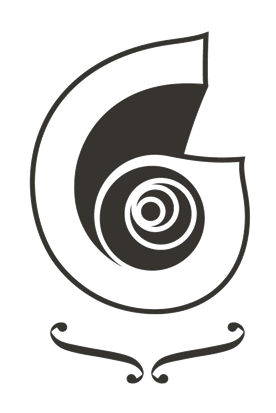The Violin Defined
Share
The violin is a string instrument, usually with four strings tuned in perfect fifths. It is the smallest, highest-pitched member of the violin family of string instruments, which also includes the viola, cello, and double bass.
The violin is sometimes informally called a fiddle, regardless of the type of music played on it. The word violin comes from the Medieval Latin word vitula, meaning stringed instrument;[1] this word is also believed to be the source of the Germanic "fiddle".[2] The violin, while it has ancient origins, acquired most of its modern characteristics in 16th-century Italy, with some further modifications occurring in the 18th and 19th centuries.
Violinists and collectors particularly prize the instruments made by the Gasparo da Salò, Giovanni Paolo Maggini, Stradivari, Guarneri and Amati families from the 16th to the 18th century in Brescia and Cremona and by Jacob Stainer in Austria. Great numbers of instruments have come from the hands of "lesser" makers, as well as still greater numbers of mass-produced commercial "trade violins" coming from cottage industries in places such as Saxony, Bohemia, and Mirecourt. Many of these trade instruments were formerly sold by Sears, Roebuck and Co. and other mass merchandisers.
